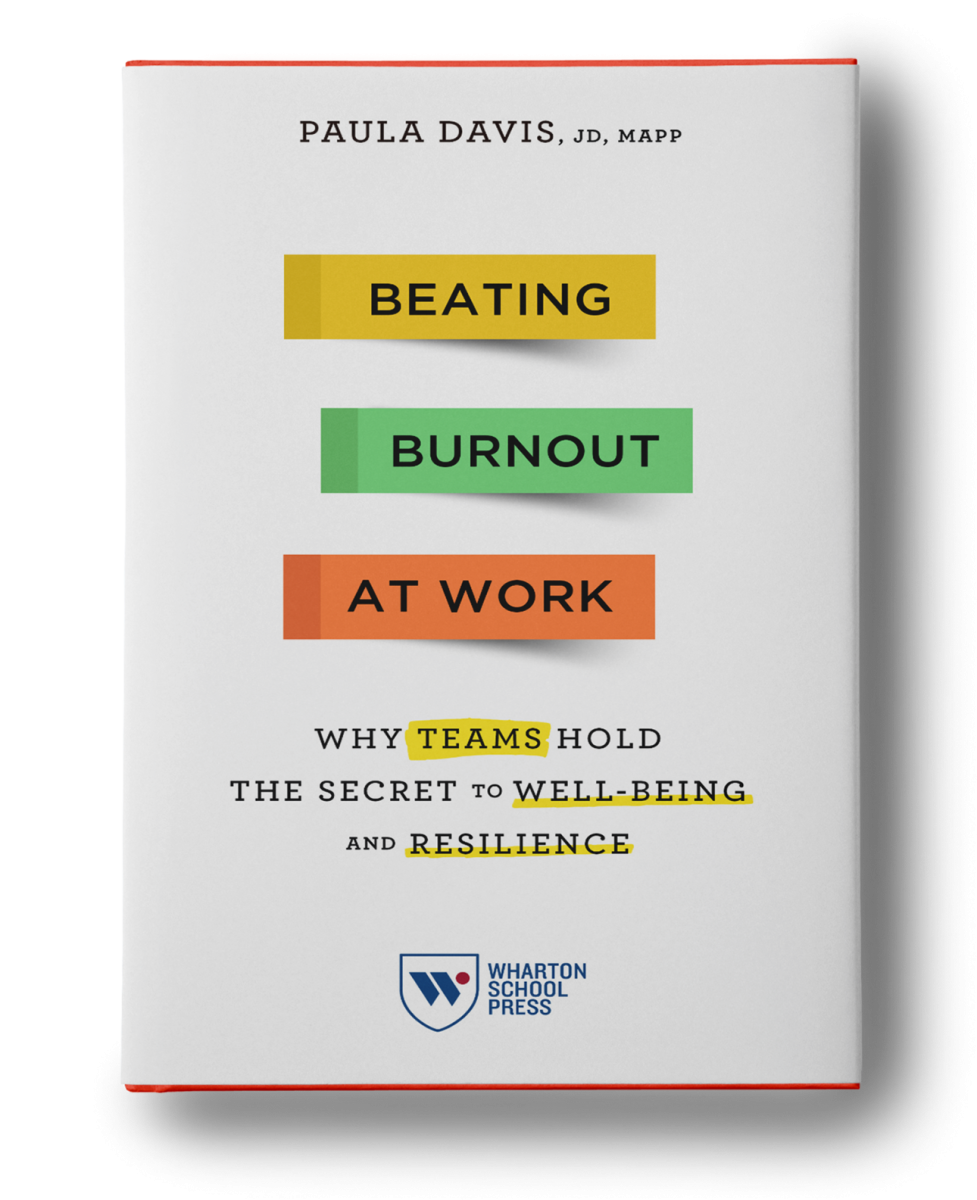It’s concerning when an organization’s leader appears to fall apart. Senior-level positions come with high demands and expectations, and the pressure can impact a leader’s decision-making, confidence, and ability to perform effectively. These pressures compound when you’re also the owner.
Most recently, Elon Musk, chairman and chief executive of Tesla, raised red flags over his erratic behavior on social media. On August 7, Musk tweeted that he was considering taking Tesla private. In an interview with the New York Times, he struggled to maintain his composure, citing the stress of working 120 hour weeks, almost missing his brother’s wedding, and working non-stop on his birthday and to the exclusion of spending time with his kids. Since then, he has reversed his decision to take the company private and is now facing lawsuits accusing him and his company of violating federal securities laws.
Full disclosure, I own my own business and wanted to write this article not long after news of Musk’s social media antics broke. I was sitting on an airplane bound for Maui when my editor suggested this might be a good topic to explore. I explained to her that I would love to write such an article upon return from my vacation, as it was the first one I had taken in over two and a half years. While not quite burned out, I was certainly feeling the effects of running a growing business, being a mom to a very active 2 ½-year-old (note the correlation between her age and my last vacation), and trying to balance all of the other important relationships in my life.
Burnout is a process of chronic stress, marked by three big dimensions: physical and emotional exhaustion, cynicism, and feeling ineffective. It happens when you have too many job demands (aspects of your work that take consistent effort and energy), too few job resources (energy-giving and motivational aspects of your work), and too little recovery, both at work and outside of work for an extended period of time.
In order to significantly lower burnout rates at work, organizations should focus on these three areas:
Job Control
Employees crave professional autonomy and independence in their work, and when they don’t get it, the impact is profound. Workers who have low job control in combination with high job demands experience much higher rates of coronary disease and depression than those in other categories. Organizations can help increase control by (1) providing a rationale when projects are presented; (2) providing employees options on where they can do their work (which can mean creating a variety of settings both at the office and outside of the office), and (3) offer flexibility on how and when a task is performed. Organizations that supported an autonomous environment grew at four times the rate of control-oriented companies and had one-third the turnover.
Recognition
Being recognized feels so good because it’s a true sign of belonging. I used to teach resilience skills to soldiers, and the Sergeant Major of the Army (the “SMA”) attended one of our trainings. The SMA is the highest-ranking enlisted soldier in the Army, and there have only been 15 of them to date. As the SMA was preparing to leave, he called all of the training team to the front of the plenary room. We didn’t know what was going on, but did as we were told. After a few words, the SMA gave each of us one of his coins – a symbol of recognition, gratitude, and hard work. He shook each of our hands and thanked us for our service to our country. That coin is one of my most treasured possessions, and the moment is one I will remember for the rest of my life. Research suggests that while we adapt to money pretty quickly, we never quite get used to feeling respected.
Community
Relational energy is about how much your interactions with others motivate, invigorate and energize, rather than drain or exhaust. This is important because burnout can be contagious (the term used in the research is crossover) and leaders who are burned out “infect” a team in much the same way as if they showed up to work with the flu or a cold. The exhaustion, cynicism, and inefficacy can leave a lasting imprint on a team, even leading people to leave an organization altogether. Not surprisingly, research showed that a person’s relational energy network predicted both job performance and job engagement better than networks based on influence or information. In addition, high levels of leader support have consistently been shown to reduce burnout.
One way to start moving the needle is with “TNT’s” – tiny noticeable things. Most organizations feel overwhelmed by change, especially change at the cultural level, so rather than do something small, they do nothing at all. In reality, cultural change starts with each individual choosing to do “the way we do things around here” differently, and these behaviors need to be modeled and supported by leaders. These workplace TNT’s cost no money and take very little time:
- Say thank you more (probably much more) than your current practice
- Offer FAST feedback (frequent, accurate, specific, timely)
- Be clear when giving assignments and talk to other partners or senior associates on the team in order to minimize conflicting requests and ambiguity (two known accelerants of burnout)
- Make constructive feedback a learning-focused, two-way conversation
- Keep people informed of changes
Finally, just start talking about stress and burnout in your organizations. Burnout is impacting many industries at an alarming rate and talking about it as a group takes the pressure off of any one person. Also, ask your leaders how they are doing. It’s so simple, but everyone is so crazy busy that basic things like saying hi and checking in are easily forgotten. Your boss may be thinking, “I have to look tough in front of my employees,” and a simple “how are you doing” could invite a deeper conversation.
Burnout impacts everything from turnover intention to patient safety to general work/life satisfaction. Burnout at any level within an organization erodes the important work you all want to do.
Please click here to pre-order my new book, Beating Burnout at Work: Why Teams Hold the Secret to Well-Being and Resilience now. It will be available everywhere on March 16.







